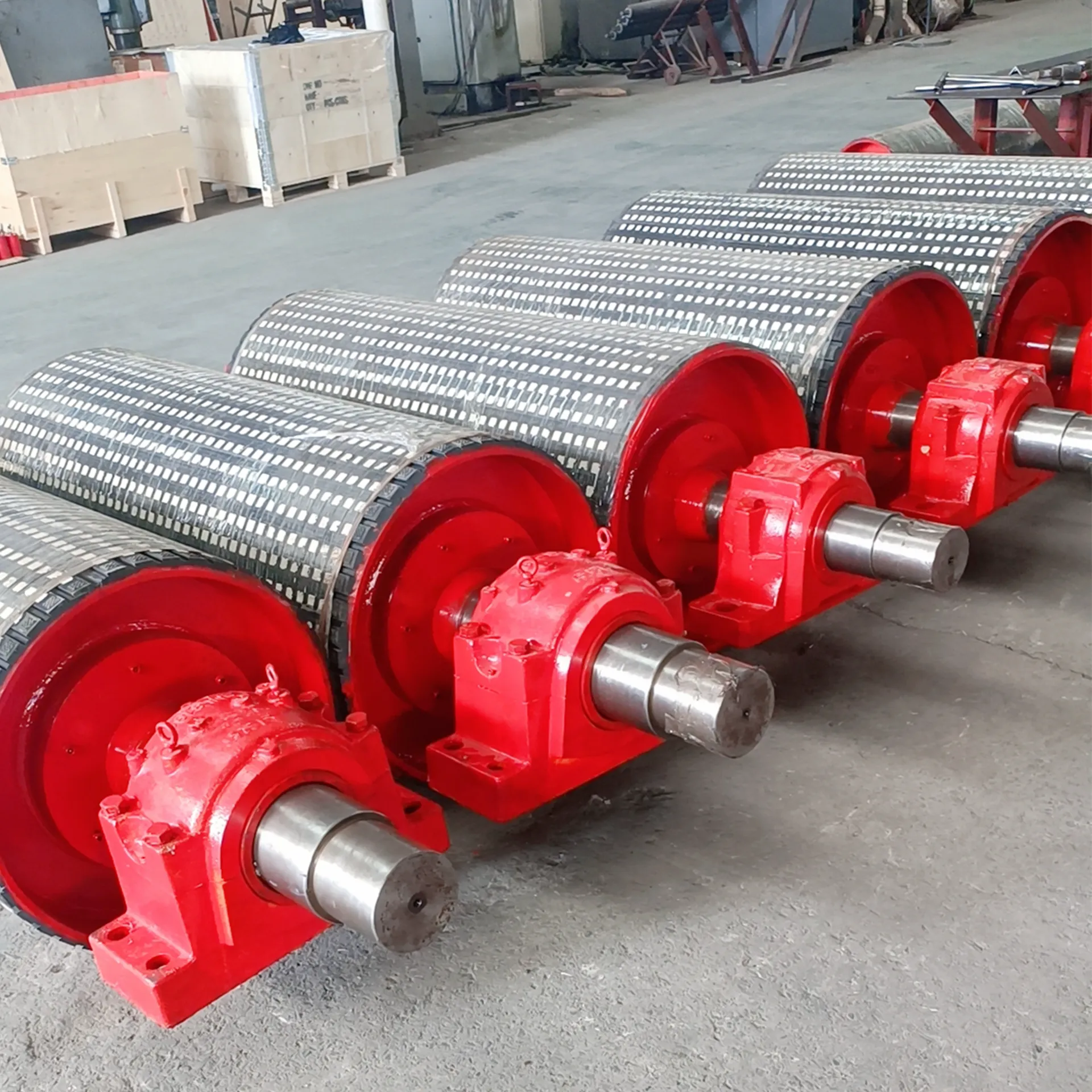 Afrikaans
Afrikaans  Albanian
Albanian  Amharic
Amharic  Arabic
Arabic  Armenian
Armenian  Azerbaijani
Azerbaijani  Basque
Basque  Belarusian
Belarusian  Bengali
Bengali  Bosnian
Bosnian  Bulgarian
Bulgarian  Catalan
Catalan  Cebuano
Cebuano  Corsican
Corsican  Croatian
Croatian  Czech
Czech  Danish
Danish  Dutch
Dutch  English
English  Esperanto
Esperanto  Estonian
Estonian  Finnish
Finnish  French
French  Frisian
Frisian  Galician
Galician  Georgian
Georgian  German
German  Greek
Greek  Gujarati
Gujarati  Haitian Creole
Haitian Creole  hausa
hausa  hawaiian
hawaiian  Hebrew
Hebrew  Hindi
Hindi  Miao
Miao  Hungarian
Hungarian  Icelandic
Icelandic  igbo
igbo  Indonesian
Indonesian  irish
irish  Italian
Italian  Japanese
Japanese  Javanese
Javanese  Kannada
Kannada  kazakh
kazakh  Khmer
Khmer  Rwandese
Rwandese  Korean
Korean  Kurdish
Kurdish  Kyrgyz
Kyrgyz  Lao
Lao  Latin
Latin  Latvian
Latvian  Lithuanian
Lithuanian  Luxembourgish
Luxembourgish  Macedonian
Macedonian  Malgashi
Malgashi  Malay
Malay  Malayalam
Malayalam  Maltese
Maltese  Maori
Maori  Marathi
Marathi  Mongolian
Mongolian  Myanmar
Myanmar  Nepali
Nepali  Norwegian
Norwegian  Norwegian
Norwegian  Occitan
Occitan  Pashto
Pashto  Persian
Persian  Polish
Polish  Portuguese
Portuguese  Punjabi
Punjabi  Romanian
Romanian  Russian
Russian  Samoan
Samoan  Scottish Gaelic
Scottish Gaelic  Serbian
Serbian  Sesotho
Sesotho  Shona
Shona  Sindhi
Sindhi  Sinhala
Sinhala  Slovak
Slovak  Slovenian
Slovenian  Somali
Somali  Spanish
Spanish  Sundanese
Sundanese  Swahili
Swahili  Swedish
Swedish  Tagalog
Tagalog  Tajik
Tajik  Tamil
Tamil  Tatar
Tatar  Telugu
Telugu  Thai
Thai  Turkish
Turkish  Turkmen
Turkmen  Ukrainian
Ukrainian  Urdu
Urdu  Uighur
Uighur  Uzbek
Uzbek  Vietnamese
Vietnamese  Welsh
Welsh  Bantu
Bantu  Yiddish
Yiddish  Yoruba
Yoruba  Zulu
Zulu Exploring the Benefits of Return Pulleys in Mechanical Systems for Improved Efficiency
Understanding the Return Pulley A Mechanical Marvel in Motion
The return pulley, an essential component in a variety of mechanical systems, is often overlooked in discussions of engineering and machinery. It plays a crucial role in the efficient functioning of countless devices, ranging from elevators to conveyor belts, and understanding its purpose and mechanics can greatly enhance our appreciation of modern engineering.
At its core, a return pulley is designed to redirect the path of a cable or belt, facilitating movement by allowing the load to be lifted efficiently. When a cable is used to move an object upwards, the return pulley gives the cable a path back to its original position, thus ensuring a continuous loop of motion. This function is especially vital in systems where the effective use of space and energy is paramount.
The design of a return pulley is typically circular and can be made from various materials, including steel, aluminum, or even reinforced plastics, depending on the application. Its surface is often smooth to minimize friction, allowing for a seamless interaction with the cable or belt. This reduction in friction is crucial as it helps to conserve energy, which can be especially beneficial in systems that operate continuously, such as those found in manufacturing or transportation.
In many applications, return pulleys are not used in isolation; instead, they work in tandem with other mechanical components. For example, in cranes or hoisting systems, a series of pulleys—including the return pulley—collaborate to lift heavy loads with fewer force requirements. The mechanics behind this is rooted in the principles of leverage and mechanical advantage, allowing a smaller force to elevate a larger weight by distributing the load across multiple pulleys.
return pulley

The versatility of return pulleys extends beyond heavy machinery. In everyday devices like exercise equipment, they contribute significantly to the overall functionality. For instance, in treadmills and resistance trainers, a return pulley can help adjust the tension in the system, enabling users to customize their workout intensity while ensuring smooth operation.
Another crucial aspect of return pulleys is their role in safety. By redirecting loads and maintaining even tension, they reduce the risk of system failures that could lead to accidents. In escalators, for example, well-designed return pulleys ensure a balanced movement, preventing sudden jerks that could endanger passengers.
Moreover, the technology surrounding return pulleys is continuously evolving. Innovations in materials and engineering design are driving improvements in their efficiency and durability. Newer designs may incorporate features like self-lubricating surfaces or lightweight composites, which could lead to enhanced performance in various applications.
In conclusion, the return pulley, while often taken for granted, is a fundamental element of many mechanical systems. Its ability to effectively redirect and manage load paths enhances efficiency, safety, and functionality across numerous industries. From construction cranes lifting heavy loads to the simple mechanism in a treadmill, the return pulley is a testament to the ingenuity of engineering. As we continue to push the boundaries of technology, understanding these components becomes increasingly important, reminding us that even the smallest parts can play a significant role in the grand scheme of machinery. Whether we are aware of them or not, return pulleys are indeed a mechanical marvel that facilitates our everyday lives.
-
Revolutionizing Conveyor Reliability with Advanced Rubber Lagging PulleysNewsJul.22,2025
-
Powering Precision and Durability with Expert Manufacturers of Conveyor ComponentsNewsJul.22,2025
-
Optimizing Conveyor Systems with Advanced Conveyor AccessoriesNewsJul.22,2025
-
Maximize Conveyor Efficiency with Quality Conveyor Idler PulleysNewsJul.22,2025
-
Future-Proof Your Conveyor System with High-Performance Polyurethane RollerNewsJul.22,2025
-
Driving Efficiency Forward with Quality Idlers and RollersNewsJul.22,2025





























